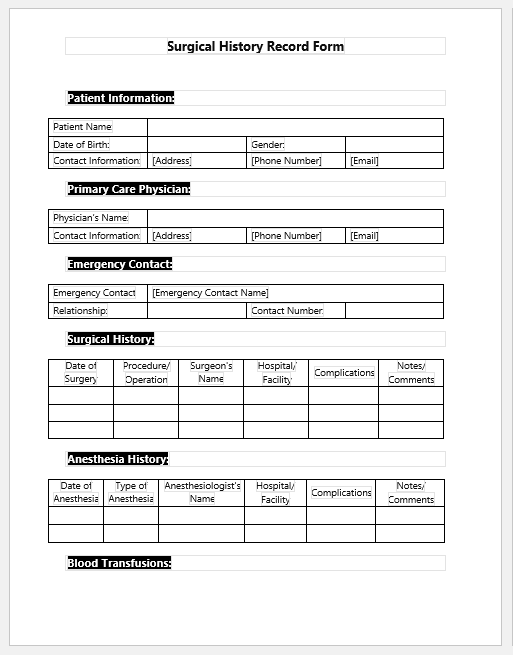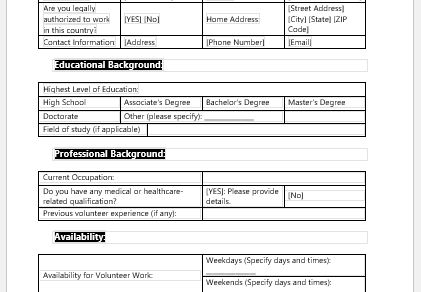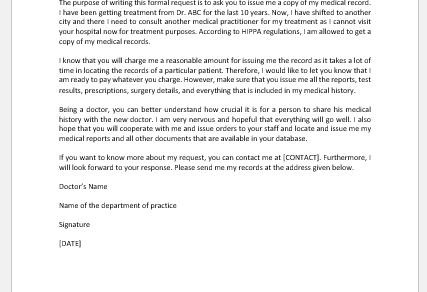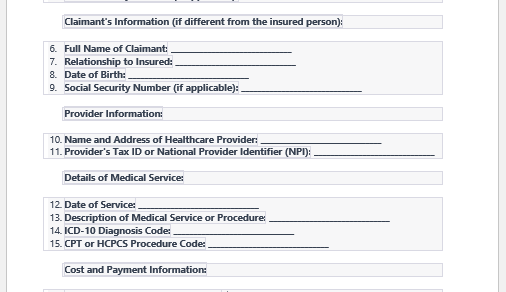The field of surgery has improved at an exponential rate. It began with very trivial initiatives, progressed with the untiring efforts of ancient and new surgeons, and now has taken on the face of the most recent and reliable advancements in surgery. There are surgical procedures with minimal to no cosmetic losses, and there are surgeries that are laparoscopic and robotic, minimizing human errors.
What ensures a successful surgery?
Good surgery is based on a proper and timely diagnosis. If the surgeon is efficient enough to establish the diagnosis and extent of the lesion, he is by no means stoppable from the most successful surgeries offered.
A good diagnosis is not just based on the latest advancements in diagnostic procedures; it is also still dependent upon the surgical history of the patient. Strong history-taking is the basis for medical and surgical management of any ailment, and that is the very reason why doctors still over-stress the importance of history-taking.
Why should we keep a surgical history record?
When we step into the hospital, we are always asked certain questions regarding our past medical and surgical history.
It is our prime duty to answer all the questions in detail and with honesty. History taking is important both in outpatient and inpatient departments and is always asked whenever a patient comes into the hospital. If we are coming to the hospital as an outpatient, our confidential files are already filled with our past medical and surgical history. If we are admitted for some reason to the ward, our medical and surgical history is again mentioned in our newly formulated file.
Surgical history record form
A surgical history record form is filled in with real details. We can’t miss the smallest of the details because this highly affects future surgeries and their outcomes.
For example, if a surgeon knows the past surgical history of the patient, he knows what to expect in the next surgery and can communicate the same to his patients. The outcome of surgeries is always different in different surgical records. It is also important to know any events from the last surgery and provide sufficient information to avoid repetition of the events in the presently planned surgery.
A surgical history form begins as usual with the name of the surgeon and the patient at the topmost portions. The patient’s identity has to be maintained to make sure the man lying on the operating table is the same as mentioned in the documents.
After establishing the identity, the surgical history is written in chronological order. The most recent surgeries are mentioned first, and the oldest surgery is listed last. Some surgical history forms are in tabulated form, such as this one, which makes it easy to know the history of a patient at a glance.
The date or year when the surgery was performed is written, giving it prime importance. For example, if a patient had her caesarian section 2 years ago and is now planning a pregnancy again, expect the mode of delivery to be different from the one who had her section eight years ago.

Sample Form File: 42 KB
- Nursing Documentation Templates
- Mental Health Evaluation Forms
- Forms Used by Pediatricians
- Various Forms Related to Pregnancy Verification
- Common Forms Used by ENT Specialists
- Pain Diary Worksheet Template
- Forms Commonly Used by Old Age Homes
- Medical Treatment Consent Form
- Home Exercise Program Worksheet
- Forms Used for Mental Health Assessment
- Forms Used by Psychologists
- Medical Forms Commonly Used by/for Students
- Assessment Consent Form
- Forms Used by an Anesthesiologist
- Not Fit to Fly Certificate Template
- Home Visit Consent Form for Schools
- Important Forms Commonly Used by Pharmacies
- Important Forms Commonly Used by Dentists


